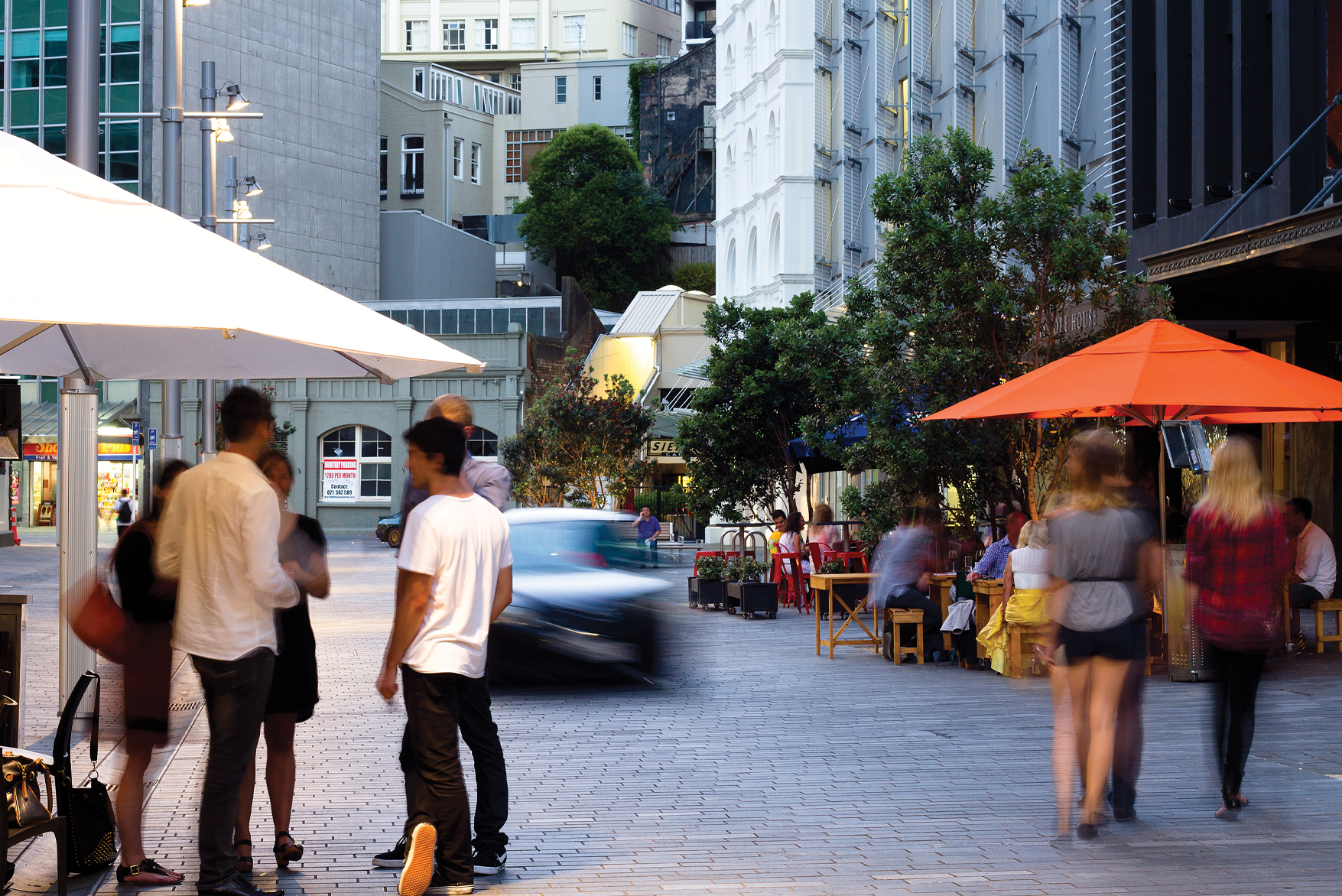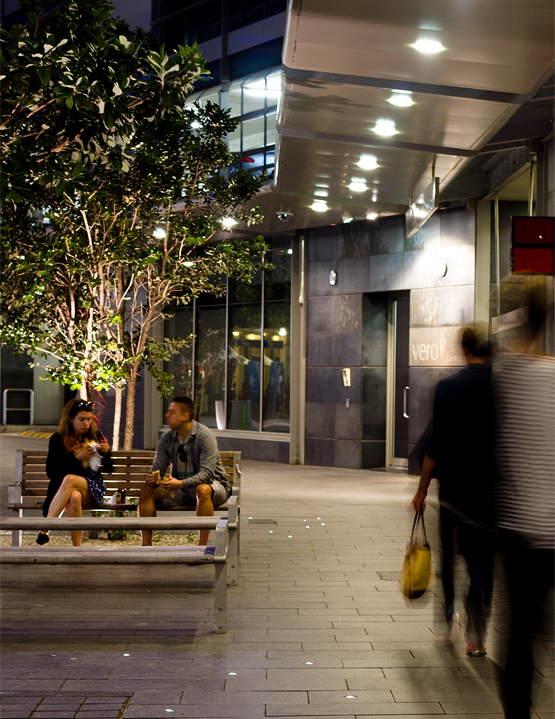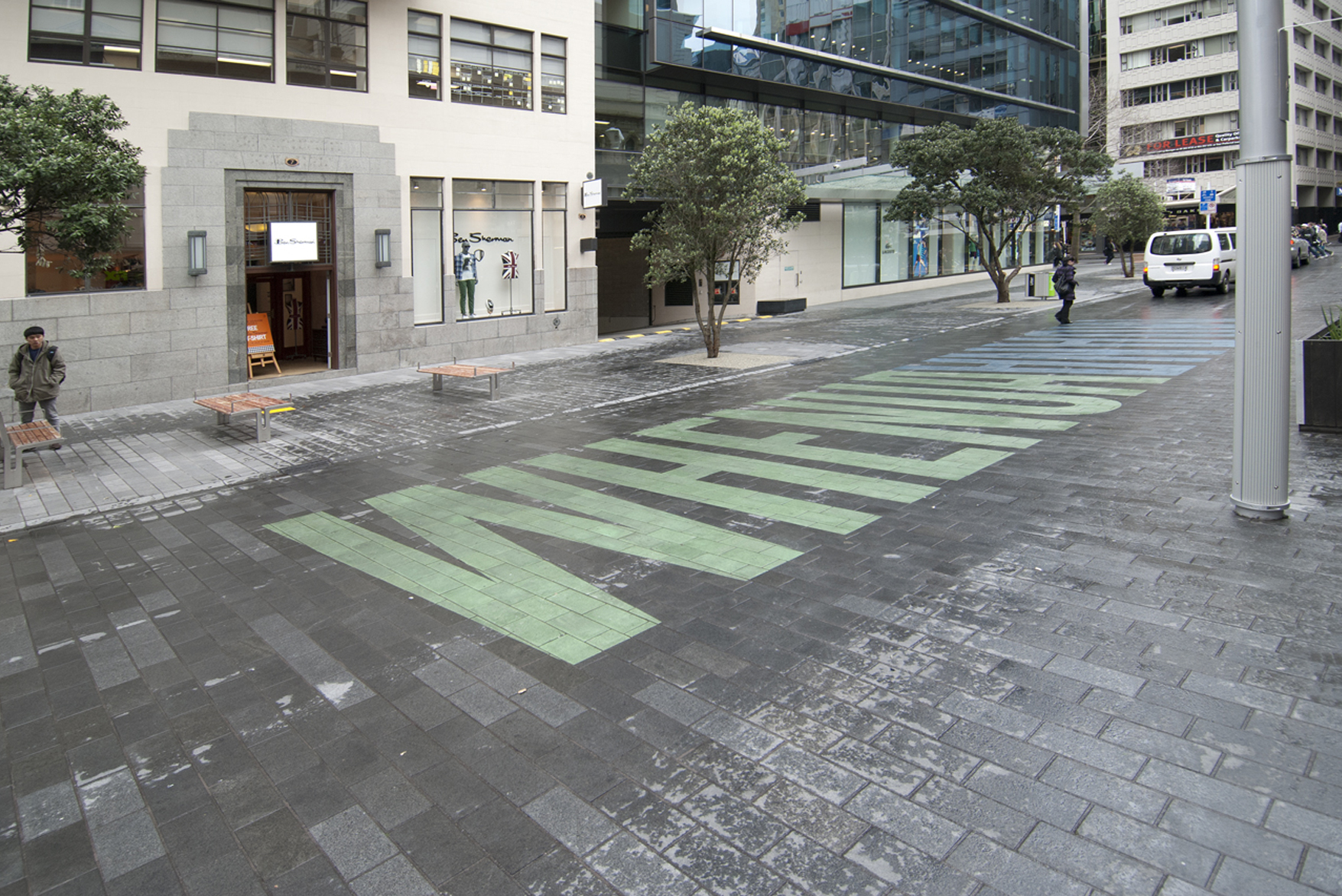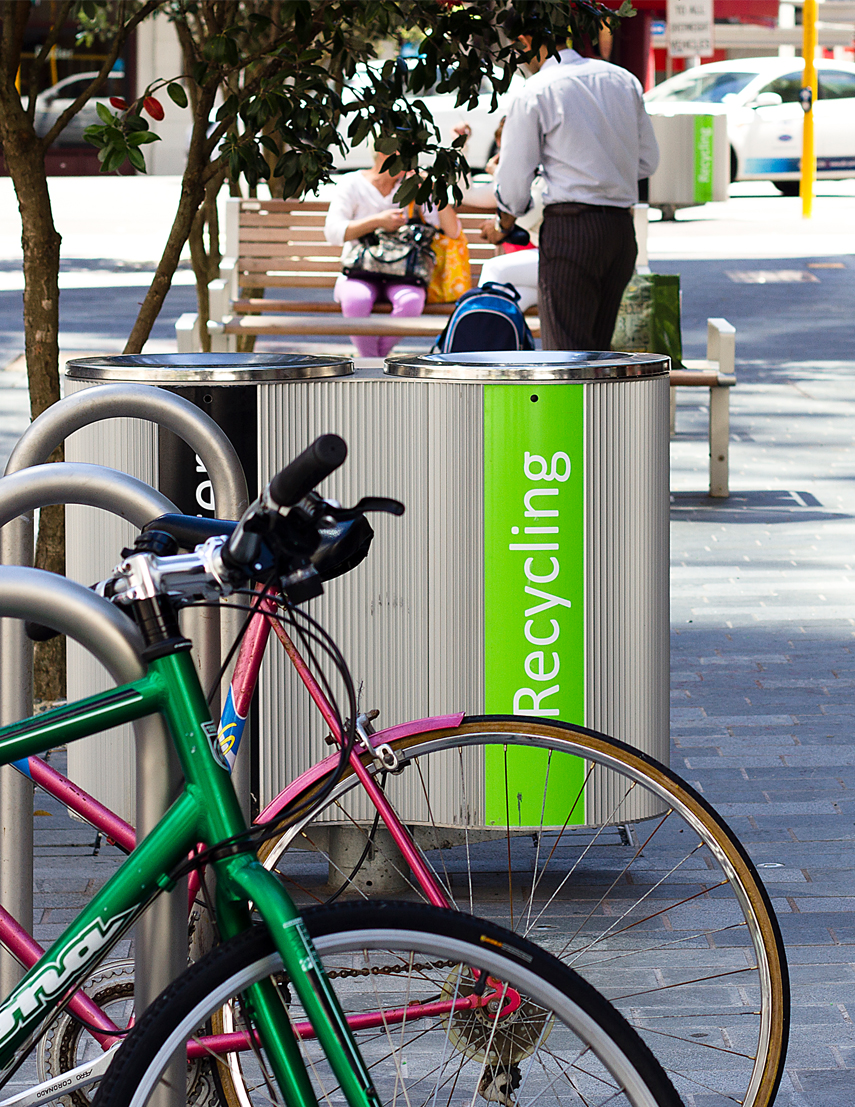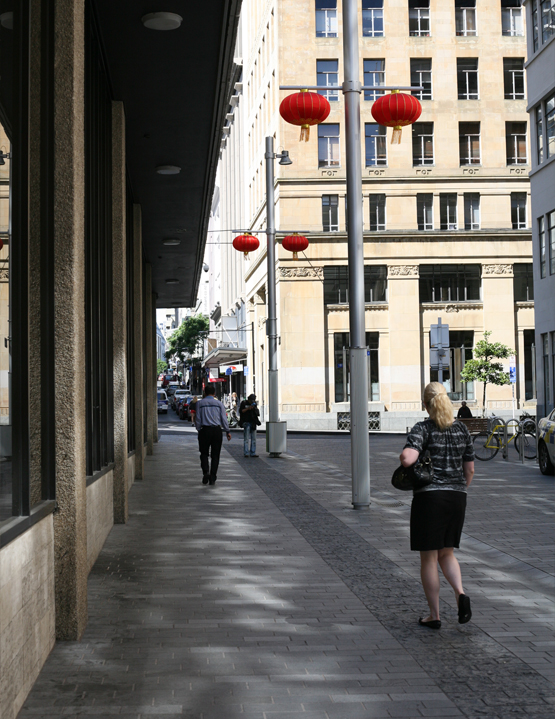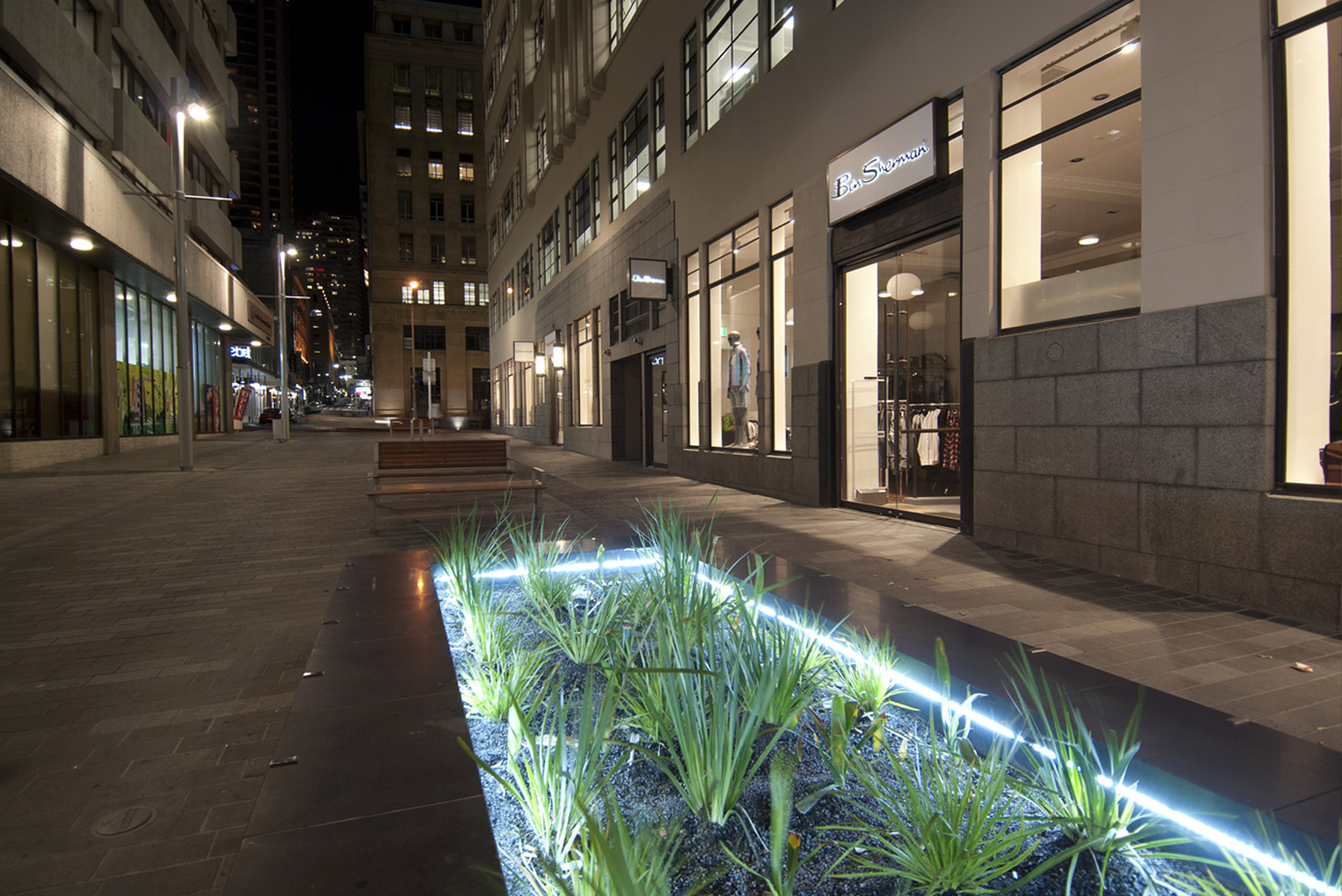The transformation of the Fort Street Area included a comprehensive rethink of the entire street environment to meet the project objectives. The designs include both conventional and ‘shared space’ streetscapes, which are among the first in the country to be resolved as designated “Shared Zones”. The shared space areas of the project demonstrate highly innovative and ground breaking achievements in street design.
The design and construction approach was to respect and reveal both the heritage of the site and potential for use beyond vehicle trafficking. The design palette is deliberately subdued, providing a canvas for the activity of the street that connects and compliments the surrounding urban environment. The detail of the street reveals and tells the story of the site and provides opportunities for the public to engage whilst the subtle organisation of the space provides for both street life, business activity and the servicing of properties that was limited or nonexistent before the upgrade.
The Fort Street Area is one of the most historical parts of the central city. Fort Street follows the original shoreline and has many heritage features. Whilst working to achieve a consistent streetscape environment for the city centre, the Fort Street Area design includes subtle acknowledgements of its rich history. The former water’s edge of this pre�reclamation site is acknowledged through details such as, small indentations that capture and retain water; highlighting its presence - this feature has proved a great conversation starter for those pausing in the street. The coastal mix of vegetation and water harvesting, together with site specific detailing, subtly narrate the stories of the site alongside the functional requirements of the streets and the location’s modern manifestation as a vibrant city centre precinct cohesive with the surrounding urban realm.
Registered Heritage buildings are acknowledged and their history told through the use of engraved paving features as well as features such as former basement lightwells restored and revealed. Original heritage kerbs with their unique character where reused in Fort, Commerce, Gore and Lower Shortland Streets as well as along Fort Street as edging the tree pits and reveal lightwells. The result of this subtle layering of revealed heritage and design narratives with the functional aspects providing for a flexible pedestrian orientated environment results in a restrained materiality of the street environments that provides the canvas for the vibrant activity of the area. This restraint coupled with a depth in the detail allows for a rich human scale interaction with the spaces that make up the precinct.
